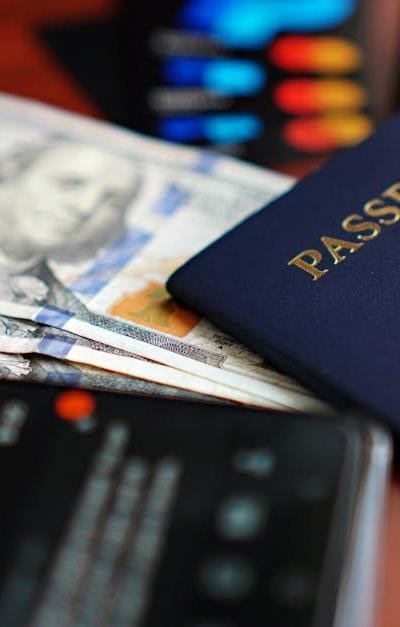
For the discerning traveler, strategically utilizing credit card rewards is paramount to maximizing vacation rewards and minimizing expenditure. This article provides a comprehensive overview of the best travel credit cards available, detailing their travel benefits and assisting in informed decision-making.
Understanding the Landscape of Travel Rewards
The modern credit card market offers a plethora of options designed to incentivize travel spending. These generally fall into three categories: cash back, airline miles, and hotel points. While cash back provides flexibility, dedicated miles programs and hotel points often yield superior redemption value when leveraged effectively. Travel hacking, the art of maximizing rewards, necessitates understanding these nuances.
Key Considerations When Selecting a Travel Credit Card
- Sign-up Bonus: A substantial sign-up bonus can provide a significant initial boost to your rewards points balance.
- Annual Fee: Evaluate whether the travel perks justify the annual fee. Many premium cards offer benefits exceeding the cost.
- Foreign Transaction Fees: Crucially, select a card with no foreign transaction fees to avoid unnecessary charges abroad;
- APR & Credit Limit: Understand the APR and ensure a sufficient credit limit to accommodate your typical travel spending. A strong credit score is essential for approval.
- Travel Insurance & Protections: Assess the included travel insurance (trip cancellation, baggage delay), and purchase protection.
Types of Travel Credit Cards
Co-Branded Cards
Co-branded cards, issued in partnership with specific airlines or hotels, offer accelerated earning rates within that brand’s ecosystem. These are ideal for brand loyalists. Examples include Delta SkyMiles cards and Marriott Bonvoy cards.
General Travel Rewards Cards
These cards offer flexibility, allowing you to earn rewards on all purchases, often with bonus categories for travel and dining. They frequently feature points transfer partnerships with multiple airlines and hotels.
Premium Travel Cards
These cards typically carry a higher annual fee but provide extensive travel benefits such as airport lounge access, priority boarding, statement credits for travel expenses, and elite status qualification. They often include reimbursement for Global Entry or TSA PreCheck application fees.
Top Credit Card Recommendations (Illustrative)
- Chase Sapphire Preferred: Excellent for general travel rewards and points transfer.
- Capital One Venture X: Offers a strong sign-up bonus, airport lounge access, and a competitive rewards rate.
- American Express Platinum: Premium card with extensive travel perks, including luxury hotel benefits and airline fee credits.
- Delta SkyMiles Reserve American Express Card: Ideal for Delta frequent flyers, offering priority boarding and other Delta-specific benefits.
Maximizing Your Rewards
Beyond earning, strategic redemption value is key. Consider points transfer options to airlines or hotels during promotional periods. Be mindful of blackout dates and award availability. Regularly review your rewards points balance and explore various redemption options.
Frequent flyer programs and hotel loyalty schemes are constantly evolving. Staying informed about changes to earning rates, redemption rules, and travel benefits is crucial for maximizing your travel rewards.



This article presents a remarkably lucid and practical guide to navigating the complexities of travel credit cards. The categorization of card types – cash back, airline miles, and hotel points – is particularly insightful, and the emphasis on understanding the nuances of “travel hacking” is well-placed. The inclusion of key considerations such as annual fees, foreign transaction fees, and travel insurance demonstrates a thorough understanding of the factors relevant to informed consumer choice. A highly valuable resource for both novice and experienced travelers.
A commendably comprehensive overview of the current travel credit card landscape. The delineation between co-branded and general travel rewards cards is particularly astute, highlighting the strategic advantages of each based on individual travel patterns and brand allegiance. The article’s emphasis on APR and credit limits, often overlooked by applicants, is a crucial addition. The writing is clear, concise, and avoids the hyperbolic marketing language frequently encountered in this domain. I recommend this article to anyone seeking to optimize their travel expenditure.